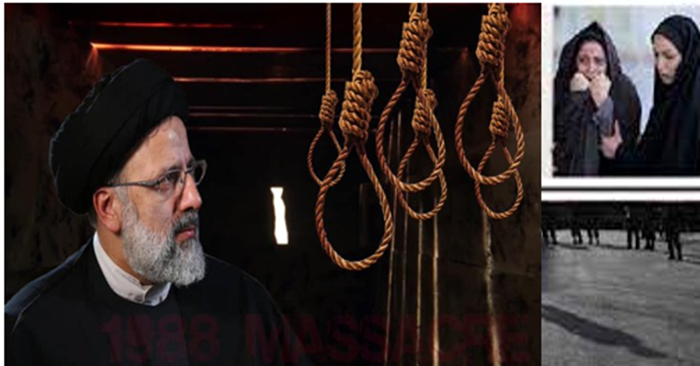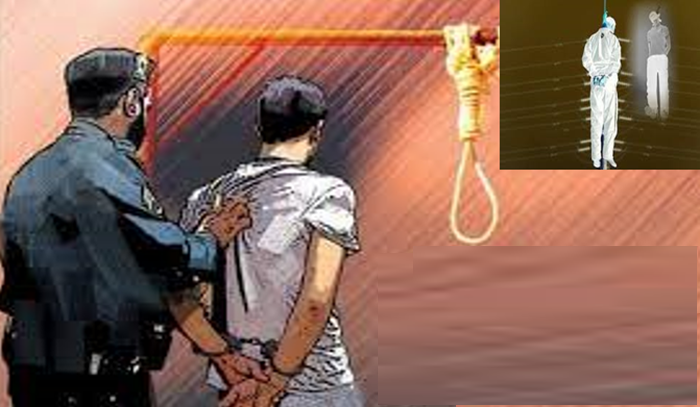

This strategy, aimed at sending a chilling message to women actively challenging the status quo, highlights a grim escalation in the regime’s tactics to quell opposition.
Over the past year, Iran has witnessed a surge in the execution of protesters, including individuals like Mohsen Shekari, Majidreza Rahnavard, and Mohammad Ghobadlou, on charges of assaulting security forces. These actions are a clear message from Supreme Leader Ali Khamenei to the nation’s defiant youth: any form of resistance or challenge to the existing system will be met with the most severe consequences. This strategy is not only a testament to the regime’s ruthlessness but also an indication of its desperation to maintain control.
Despite the regime’s harsh crackdown, daily protests continue unabated, with various segments of society taking to the streets. The rise of Resistance Units across the country signals a populace unyielding in their demand for change. What started as economic grievances has morphed into political demands, with calls for regime change growing louder since 2017. This shift indicates a deep-rooted dissatisfaction that transcends immediate economic concerns, pointing to a widespread desire for systemic change.

The persistence of protests, despite the threat of execution, illustrates a significant shift in the dynamics of Iranian society. Since 2017, whenever protests have evolved into widespread uprisings, slogans initially focused on economic grievances quickly evolve into political demands. This evolution of protests into calls for regime change reflects a populace that is not only aware of its grievances but also increasingly vocal in demanding fundamental changes to the political system.
Khamenei and his regime find themselves in a precarious position, embroiled in a battle they are destined to lose. With everything at stake, the regime faces a restless and increasingly aggrieved population stripped of social rights, political freedoms, and economic prospects.

This confrontation between a determined populace and a repressive regime underscores the critical juncture at which Iran finds itself. As the regime resorts to more extreme measures to suppress dissent, the resolve of the Iranian people only strengthens, signaling a pivotal moment in the nation’s struggle for freedom and justice.
You, #Iran’s valiant youths, have found the secret to victory and freedom, which is the expansion and continuation of the protests. No power can prevent the continuation of your uprising. Flogging, torture, & execution cannot counter your power of hope and faith.#IranRevolution pic.twitter.com/VhStC6bG3R
— Maryam Rajavi (@Maryam_Rajavi) December 28, 2022

MEK Iran (follow us on Twitter and Facebook), Maryam Rajavi’s on her site, Twitter & Facebook, NCRI (Twitter & Facebook), and People’s Mojahedin Organization of Iran – MEK IRAN – YouTu







